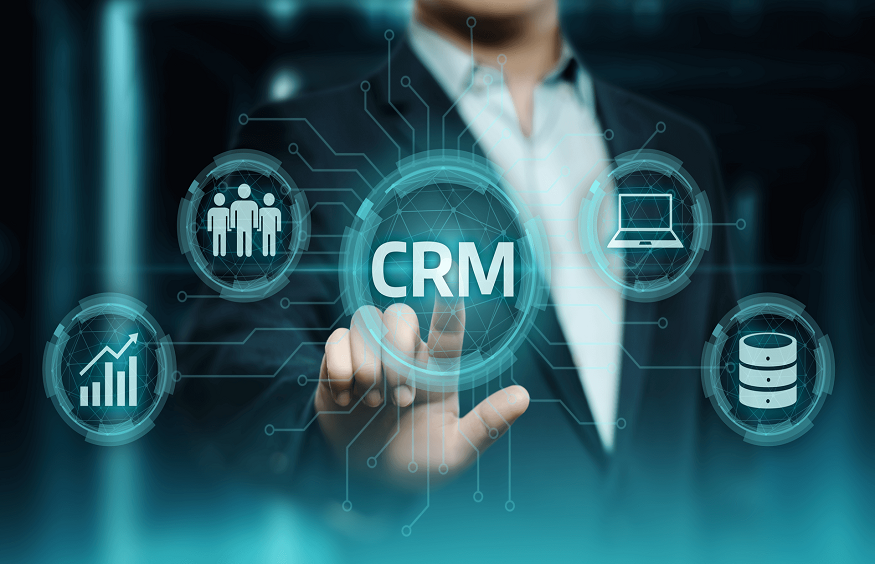CRM software, or customer relationship management software, has become increasingly popular for effectively managing business relationships with current and prospective customers. The software gathers information from multiple sources and then collates the data to present it in an easy-to-understand format. However, how does CRM software collect this information? There are many ways that CRM software can obtain data about your target audience, including these six methods.
1. Through Unstructured Data
CRM software can identify patterns in unstructured data to better understand the target audience. The data includes social media posts, customer service interactions, and survey responses. CRM software can help create a more personalized experience by understanding how customers interact with the brand. A quality CRM software can analyze various data types in raw formats and provide actionable insights that lead to increased sales.
Unstructured data includes raw data captured through internet searches or word-of-mouth conversations. For example, CRM for Electrical Contractors will show you which potential clients are on your website or have interacted with your company through email or phone calls. You will also be able to see what websites they have visited before reaching out to you, what content they read about on your site and their IP address. These details allow companies to understand better their customer’s needs and expectations of their products or services.
2. Structured Data
CRM software can obtain data from many sources, such as customers, competitors, partners, and other companies. All of this data can help to identify the target audience. Data types, including age, income, interests, and location, may be collected. One source of such information is structured data, which is data in predefined formats like databases or spreadsheets. Structured data provides various ways for the CRM software to acquire information about the target audience.
For example, suppose someone wants to find out how many people with a particular interest live in a specific area. In that case, they could use a database that includes demographic information about customers who have expressed an interest in their product. Other sources might include census data or databases containing social media profiles based on location and keywords, such as Facebook’s public API.
3. Social Data
Social data is one of a business’s most valuable information sources. It can help you understand what people say about your brand, their needs and wants, and how to reach them. CRM software will also include social media analytics tools such as Facebook Insights and Twitter Analytics.
The analytics will provide insight into who your audience is, how they use social media networks, what type of content they’re interested in, and their location.
The amount of social data available today makes it possible for CRM software to provide detailed insights into customer behaviourdaily.The software will collect and analyze social media data that will provide insight into customer preferences and trends so that companies can cater to these needs.
4. Capability to Process a Variety of Languages
The first way that CRM software acquires information about the target audience is by being able to process a variety of languages. That is important because it allows the software to reach a broader range of people and understand their needs. Having an option for translated text can help companies grow in foreign markets. It’s possible to increase a company’s customer base as they offer services in multiple languages, which also increases profits when foreign customers purchase goods.
CRM software also has features that allow it to process a variety of different currencies, types of measurements, and date formats. These ensure the application processes the data correctly regardless of what country or region someone is from. That helps build trust between a company and its customers from different areas so they will continue using the service.
5. Touch Points
CRM software can track your customer’s touch points with your company, such as the last time they contacted you, their previous purchase, and what type of content they view. That way, you can better understand their needs and keep them returning for more. When a customer is considered a hot lead (someone interested in buying from you), it’s essential to follow up with them before someone else does.
You’ll want to know what products or services they’re interested in so that you can tailor a sales pitch accordingly. You’ll also want to find out when would be the best time for them to speak with one of your sales representatives so that you can make sure someone is available at that moment.
Conclusion
By tracking the behaviour of website visitors, including what pages they visit and how long they stay on each page, CRM software can get a pretty good idea of what interests them. Another way CRM software gleans information about the target audience is through surveys and customer feedback forms that users fill out. Social media also provides a wealth of information that CRM software can use to learn more about the target audience. Hence, incorporating quality CRM software into your business model could be invaluable for your marketing campaign. It will provide you with up-to-date information about who you’re targeting, what type of content you should produce to generate interest from them, and when it’s best to release said content so that it gets the most attention.




